- Water Testing Meters
- Anemometer
- Length & Distance Meter
- Multimeter & Clamp Meter
- Light and Sound Meter
- Slide Calipers & Screw Gauge
- Thermometer & Hygrometer
- Milk Testing Meters
- Paper, Grain & Wood Testers
- Stopwatch & Timers
- Soil Testing Meters
- Refractometers & Analyzer
- Magnetic Compass
- Tachometer & Megger
- Thickness & Dia-Meters
- Other Meter And Accessories
Sodium Dichromate Dihydrate 500gm Merck, India
৳ 1,250.00
- Sodium Dichromate Dihydrate
- Pack Size: 500gm
- Brand: Merck, India
SKU:
89948
Category: Lab Chemicals
Tags: Chemical Price in BD, Lab Chemicals, Lab Reagents, SDD, Sodium Dichromate
Description
Sodium dichromate dihydrate (Na₂Cr₂O₇·2H₂O) is a chemical compound commonly used in various lab and industrial applications. Merck India offers this compound in a 500-gram package, ensuring high quality and reliability. Here are some key details about sodium dichromate dihydrate:
General Uses of Sodium dichromate dihydrate:
- Industrial Applications: Sodium dichromate is widely used in the manufacturing of pigments, dyes, and inks. It serves as a strong oxidizing agent in various chemical processes.
- Leather Tanning: It plays a significant role in the tanning of leather, improving the quality and durability of the final product.
- Metallurgy: It is used in metal finishing and as an anti-corrosive agent in coatings.
- Safety Considerations: Sodium dichromate is toxic and a known carcinogen, so it must be handled with care. Proper protective equipment, including gloves and eye protection, should be worn when handling this substance
Storage
- Conditions: Store in a cool, dry, and well-ventilated area away from incompatible materials (e.g., reducing agents).
- Container: Keep in tightly closed containers to prevent moisture absorption and contamination.
Safety and Handling
- Toxicity: Sodium dichromate is highly toxic and a recognized carcinogen. Exposure can lead to serious health issues, including respiratory problems and skin irritation.
- Protective Equipment: Always wear appropriate personal protective equipment (PPE), including gloves, goggles, and lab coats when handling.
- Emergency Procedures: In case of skin contact, rinse thoroughly with water. For inhalation or ingestion, seek immediate medical attention.
Environmental Impact: Due to its toxicity, it’s crucial to follow appropriate disposal methods and regulations to minimize environmental impact.
Always consult the material safety data sheet (MSDS) for detailed information on handling, storage, and safety precautions related to sodium dichromate dihydrate.

Sodium dichromate dihydrate from Merck India is a versatile compound with significant laboratories and industrial applications, but it must be handled with extreme care due to its toxicity and potential health risks. Always consult the material safety data sheet (MSDS) for specific handling guidelines and safety information.
Reviews (0)
Only logged in customers who have purchased this product may leave a review.
About brand
Merck is a global science and technology company, with a history spanning over 350 years, focused on healthcare, life science, and electronics, known for developing medicines, vaccines, and other innovative solutions. Merck aims to enable a safe, sustainable, and healthy future for all people and communities.Labtex Bangladesh is a seller, supplier and stockist of Merck brand chemicals and reagents in Bangladesh. We have home delivery service all over the Bangladesh.
Shipping & Delivery
Delivery within 1-3 working days in Dhaka City and 3-5 working days anywhere in Bangladesh.
Disclaimer and Declaration
We are using this website as a catalog or brochure to represent our company in the digital world. Here displayed products and the physical products may slightly vary due to the deviation of lighting sources, photography, or your device display settings. And to improve product quality and prevent counterfeiting, actual products may vary, which may not match the image shown here. And here prices shown may be changed depending on the market price. And all prices are without VAT and AIT. Displayed on this website are not our ready-stock products, but we can deliver within the due time, which means delivery within 1-3 days in Dhaka city and within 3-5 days anywhere in Bangladesh.N.B.: We can’t deliver liquid products outside of Dhaka City. Please don’t place an order for liquid products from outside Dhaka City.Special Caution: None of our chemicals is suitable for human consumption or use in food. These are only for Research and Analysis.
Website Disclaimer:
This website may use some copyrighted materials without specific authorization of the owner, but the contents used here which is under the “Fair Use” of website content Policy. Copyright Disclaimer Under section 107 of the Copyright Act 1976, allowance is made for “fair use” for purposes such as comment, news reporting, teaching, scholarship, research, and analysis. Fair use is a use permitted by copyright statute that might otherwise be infringing. Non-profit, educational, training, experimental, or personal use tips the balance in favor of fair use. If you have any complaints about our content or find any content, image, video, or text that is copyrighted by you and want to remove it from this website, please feel free to email us at Labtexbangla@gmail.com. Those contents will be removed from this website.বি: দ্র: আমাদের অফিস থেকে সরাসরি পণ্য নেওয়ার ক্ষেত্রে, আমাদের অফিসে আসার নূন্যতম ৩ ঘন্টা আগে ফোনে জানিয়ে আসতে হবে। নতুবা ততক্ষনাৎ অফিস থেকে পণ্য দেওয়া সম্ভব হবে না।বিশেষ সর্তকতাঃ আমাদের কোনও রাসায়নিকই মানুষের ব্যবহারের জন্য বা খাবারে ব্যবহারের জন্য উপযুক্ত নয়। এগুলি কেবল গবেষণা এবং বিশ্লেষণের জন্য।
Related products
Ammonium Di-hydrogen Phosphate 500 gm Lab Grade India
In stock




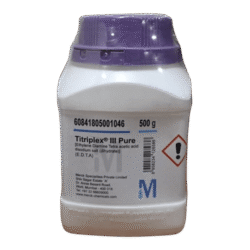
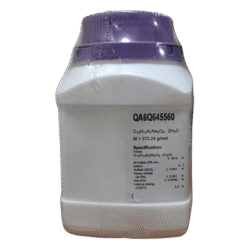
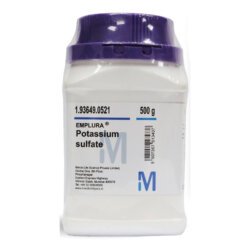
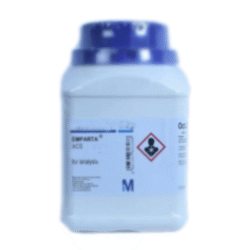
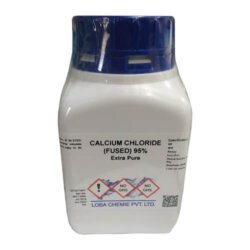
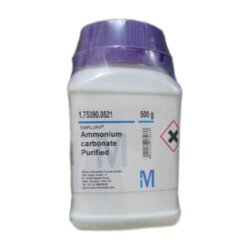
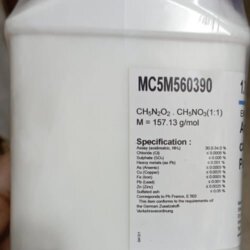
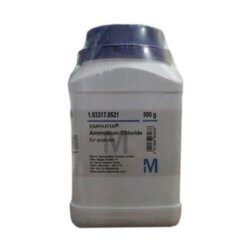
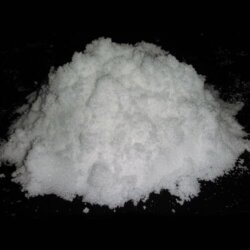
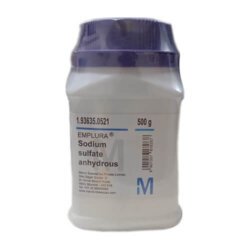
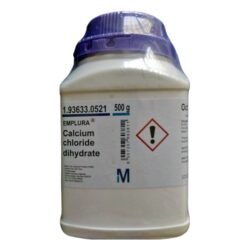
Reviews
There are no reviews yet.